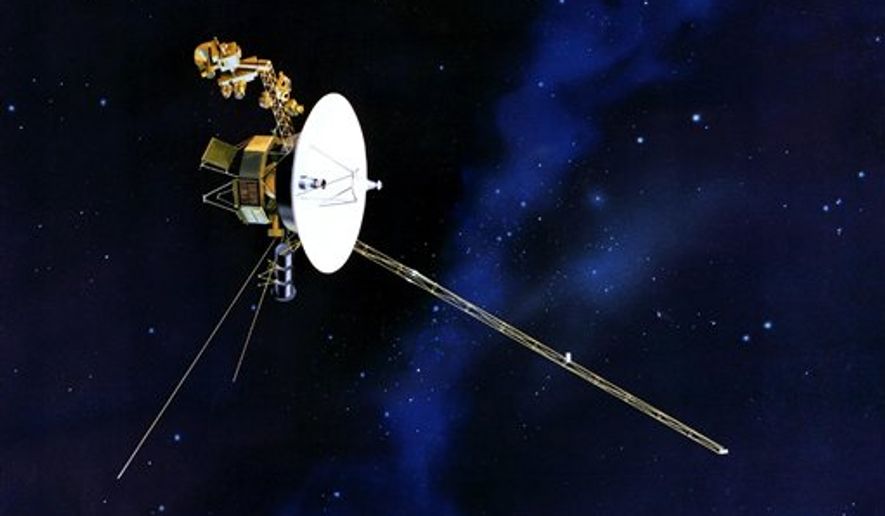The groundbreaking Voyager space probes are entering the final leg of their journey as NASA begins shutting down key systems this year, according to Scientific American.
The decision to cut off more systems is an attempt to expand their lifespan. Although the computer systems on board do not require much electricity, the probes have bled power after 45 years. The probes lose about 4 watts per year in total energy, requiring some systems to be cut off to save others, according to Scientific American.
For years, NASA has been shutting down different systems on Voyager 1 and 2 in an attempt to extend the lifespans of the probes. Both of the probe cameras, which were responsible for some of the most famous space photographs, were taken offline in 1990 to preserve power.
Four of Voyager 1’s 14 original systems are still functioning, while Voyager 2 has five working.
NASA scientists hope that redirecting power to other vital systems will allow the probes to continue to transmit data to Earth for the remainder of the decade.
“If everything goes really well, maybe we can get the missions extended into the 2030s. It just depends on the power. That’s the limiting point,” NASA Jet Propulsion Lab scientist Linda Spilker told the publication.
SEE ALSO: Chevron says Biden has vilified energy industry, denies gouging accusations
The probes, launched in 1977, have deepened world knowledge of deep space during their 45-year-long mission. They are now further away from Earth than any man-made object, with Voyager 1 being just over 14 billion miles away and Voyager 2 right behind it at 12 billion miles away from Earth.
The probes were never intended to fly past Saturn. But after Voyager 1 relayed pictures of the famous rings in 1981, they kept flying. Both probes have, in the past decade, entered “interstellar space” after breaching the heliopause.
Despite NASA’s efforts to keep the probe systems online, experts expect communications abilities to be gone after 2030. If either probe makes contact with intelligent life, scientists won’t know about it until much later.
Both probes contain a gold record that contains important information about Earth. That includes about 90 minutes of music, 115 images, greetings in 55 languages and various sounds.
The probe isn’t expected to pass the nearest star, Proxima Centauri, for another 20,000 years.
• Vaughn Cockayne can be reached at vcockayne@washingtontimes.com.




Please read our comment policy before commenting.